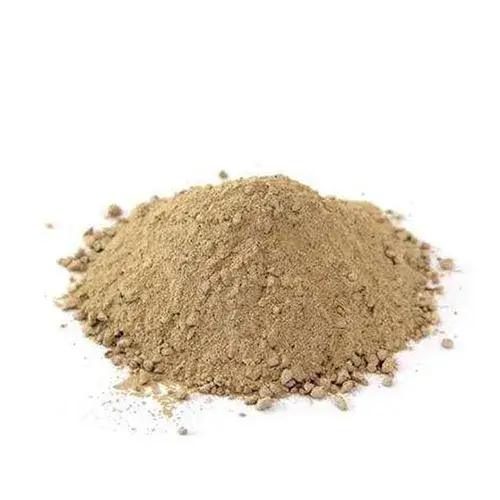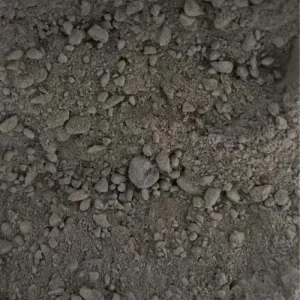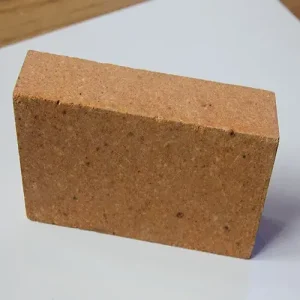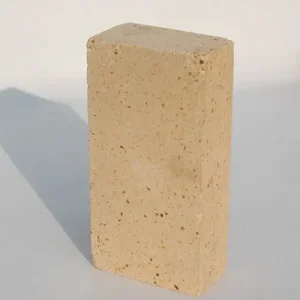Reheating furnace castable are composed of refractory aggregate, powder, binder, and admixtures. They are stirred on-site with water (or liquid binder) to create a flowable material. They are formed directly in the furnace by weight or mechanical vibration and are ready for use after curing and baking.
Reheating furnace castable advantages:
High-temperature performance
High overall sealing
High thermal shock and mechanical impact resistance
Increased construction efficiency
Consumption savings
The Function of Heating Furnace Refractory Castables:
1. Improving the Furnace’s Refractory Temperature
Choosing the right refractory material for the furnace lining ensures a very high refractory temperature. Generally, furnaces operate at temperatures between 1000°C and 1250°C. Choosing the right refractory material for the lining improves the furnace’s thermal stability and ensures its normal operation in high-temperature environments.
2. Improving the Furnace’s Chemical Resistance
During furnace operation, some media are corrosive. To resist these media and prevent chemical reactions within the furnace, refractory materials should be selected that are corrosion-resistant. This prevents these chemicals from corroding the lining.
3. Improving the Furnace’s Mechanical Properties
During operation, the media constantly impacts and pressurizes the furnace lining. Prolonged use can cause deformation or damage to the furnace. Therefore, good refractory materials can withstand these constant impacts and extend the furnace’s service life.
4. Improving the Creep Resistance of Heating Furnaces
Heating furnaces are exposed to high temperatures for extended periods of time during operation. If the refractory lining lacks creep resistance, this can lead to structural damage and cracking. Therefore, suitable refractory materials can improve the creep resistance of heating furnaces, thereby increasing their service life and stability.
5. Preventing Heat Loss from the Furnace
The refractory lining of a heating furnace prevents heat loss from the furnace, ensuring a low outer surface temperature, ensuring safe operating conditions around the furnace, and helping to achieve specific fuel consumption targets. The design and structure of the refractory materials also fully consider heat loss from the sidewalls, furnace roof, and furnace floor.





